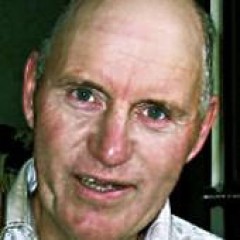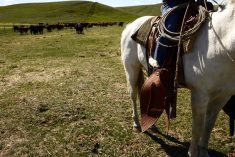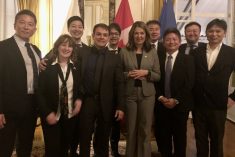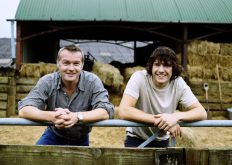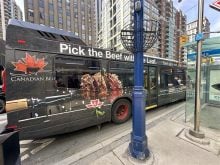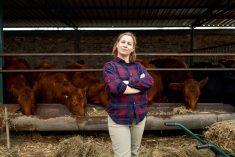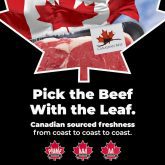HM is about caring for your people, improving your land and making a profit. All three are essential. We can’t afford to sacrifice one for the other
Holistic Management was introduced into Western Canada in the early 1980s. Since then it has spread across the West and into Ontario. However, there are still many people who haven’t heard of it. This article is for them.
HM is a decision-making process. It helps us make decisions that are socially, environmentally and financially sound. I like to sum it up as HM is about caring for your people, improving your land and making a profit. All three are essential. We can’t afford to sacrifice one for the other.
Read Also

A strategic approach to risk on the ranch
Given the increase in the value of livestock and the market volatility, we need to cover our risks. First,…
It encourages us to take a long-term view of things. Will people be able to ranch and farm our land in 50 to 100 years because of the decisions I am making today? Once you take the long view it becomes obvious that the only way to be successful is to make sound decisions regarding people, land and finances. If you do anything less it is just a matter of time before you fail. Is there anyone who wouldn’t like to be successful in the long term? I don’t think so.
When people are introduced to HM they often say, “I wish I would have known about this 20 years ago.” Twenty years ago may have been the best time to make positive change in your life, the second best time is today. Seize the opportunity, gain new knowledge, make positive change, it is a choice available to each one of us.
Often people think things would be easier today if dad or grandpa had done things differently. I disagree, I think our parents and forefathers did the best they could with the information and knowledge they had. We owe them a debt of thanks and gratitude. Now, however, we have new knowledge and we can make different decisions. If we choose to do this we can leave our children and grandchildren a priceless legacy. Wouldn’t it be nice to be recognized in your family as the one who began to make positive change so that future generations will have the opportunity to enjoy the lifestyle that we do? Is there any greater legacy that you could leave your family?
I started by stating that HM is a decision-making process. You begin by developing a holistic goal. The goal has three parts, quality of life, forms of production and future landscape. The goal is written with input from everyone involved in the whole process. This includes all the people, land and money in a given situation.
The quality of life portion of the goal deals with questions such as: What is most important to us? How do we wish to treat each other? What will it be like to live and work here? How do we define success? This portion of the goal reflects our deep values and beliefs.
The forms of production portion of our goal lays out what we need to produce at a profit to support our quality of life. There is an emphasis on profit before production. This portion of our goal also includes some positive steps we will take to ensure that we achieve the quality of life that we desire. An example would be that if we desire harmony and good family relationships it may be important that we schedule time for family meetings and holidays.
The future landscape portion of our goal describes what we want our individual farms and our local community to look like under ideal conditions far into the future.
Once our holistic goal is established we use seven testing questions to help us make sound decisions that take us towards our goal.
I mentioned that HM has been in Canada for 20-plus years. If we could summarize the results people have experienced I think it would include the following.
1. A better quality of life. People not only have a better quality of life but even more importantly they have the conviction that they can create the future they desire. They are empowered.
2. The land is improving. By focusing on improving the ecosystem building blocks and working with nature, the land becomes healthier and production increases.
3. Profit has increased. This is a direct result of increased production from a set land base with no increase in costs.
4. There has been an increase in the number of animals grazed or the grazing season has been lengthened. This again is a direct result of healthier land.
5. The workload has decreased. This is a result of working with nature and having your animals work for you not you working for your animals.
I challenge you to review the above list. Would results like this be beneficial to you? If so I encourage you to talk to someone who has taken a HM course. Find out first hand how they benefited. Ask them if they think you might benefit.
A six-day HM course could be available in your local community this coming winter. All it takes is someone to organize it. If you are interested please contact me. This could be a life-changing investment. Think it over.
Happy Trails.
Don Campbell ranches with his family at Meadow Lake, Sask. He can be reached at 306-236-6088

